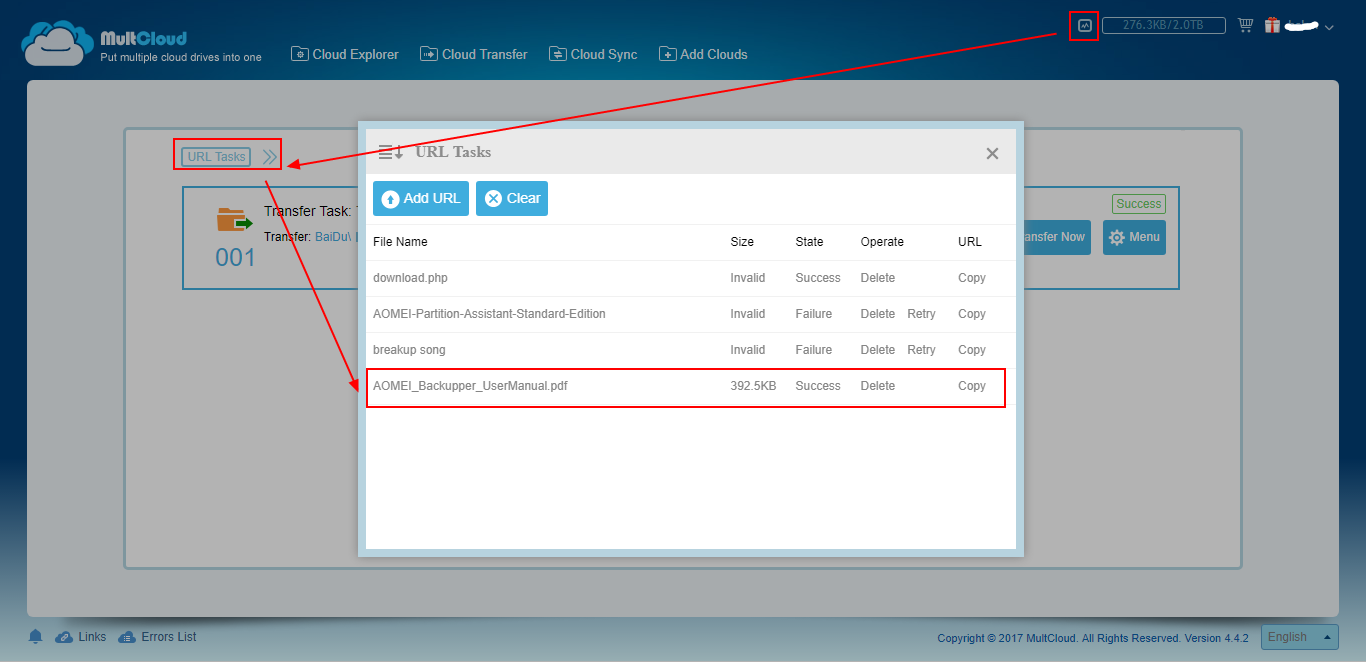
The page redirects back to the webapp with sandboxed accessed to the user-specified folder and the files within it.


Confirmation screen: "Grant read/write access to folder FunnyJokes for TextyApp?".3rd party auth page appears (for example, Google Drive) and it says "The app TextyApp has requested read/write access to your files.They click a button to connect with their data. User opens an unhosted webapp (for example, a basic text editor TextyApp).The user experience that makes the most sense to me is something like. The current work around seems to be having the webapp force a specific folder name ahead of time ("this app wants access to /appname_notes"), but that rules out letting the user point it to where they may already have their notes.ĭoes anyone know of a nice way to do this with Google Drive, Dropbox, or the like? getting read access to all their files first).įrom the user's perspective, the webapp shouldn't have access to anything else on the remote file storage except the one folder the user grants it access to (for example, I might grant a text editor access to my FunnyJokes folder). The most notable effort I've found so far is remoteStorage.io, but there doesn't seem to be a way with any major provider to let the user select a directory and then use that as a sandbox without breaking their trust (i.e. There's a lot of talk about "unhosted" static webapps that allow users to access their data from a 3rd party file service (Google Drive, Dropbox, their own server, etc.). A single tool is rarely used and liked by all sides of the business, but Dropbox gets it done for our whole company.Is there a way to get sandboxed, user-selected directory access on any major file service without first getting read level access to their entire filesystem? We’ve gained a platform that’s easier to manage and is more secure. It’s all simple, saving my team tons of time and energy.īy implementing Dropbox across the organization, the IT team has provided a better toolset for users, enabling them to move faster. I love the reporting capabilities in the admin panel that allow me to keep tabs on everything, from the open links that employees have shared to the volume of uploads and downloads to the number of active users. We can afford to let employees push the boundaries because Dropbox is so secure. Our employees have become our beta testers for Dropbox capabilities the IT hasn’t explored yet, alerting us to new uses and issues that might arise. We want to be flexible and let people explore how they can leverage the tool. During the pandemic, some of our offices moved more and more files into Dropbox even without our support. I want to send it as securely as possible, and Dropbox is the way to do it.Įmployees across the organization have consistently shared positive feedback about Dropbox. We may have a valid reason for sharing everything from intellectual property to personal details, but I don’t want that data to go out via email. It’s about choosing the methodology by which we share that data. Dropbox offers the management capabilities to delineate who has access to what.įor the Flynn Group, it’s not about whether we share sensitive data with others or not. For example, with contractors on a project, we only want them to have access to specific documents. Still, we need to limit who sees certain information. We trust Dropbox with it all thanks to the security features of our Enterprise plan. HR handles the most sensitive data, such as background checks, passport numbers, and personal identification numbers. And HR uses it for employees immigrating to Canada. Our legal and finance team use Dropbox for mergers and acquisitions it’s where they store and share documentation that external counsel might require. Our Dropbox workflows go far beyond construction projects. We have justified this expense because we can now control the enterprise data we share. Our IT team can assign permissions to the tool depending on an employee’s role, and everyone at the company who uses Dropbox is now on our Dropbox Enterprise account.


 0 kommentar(er)
0 kommentar(er)
